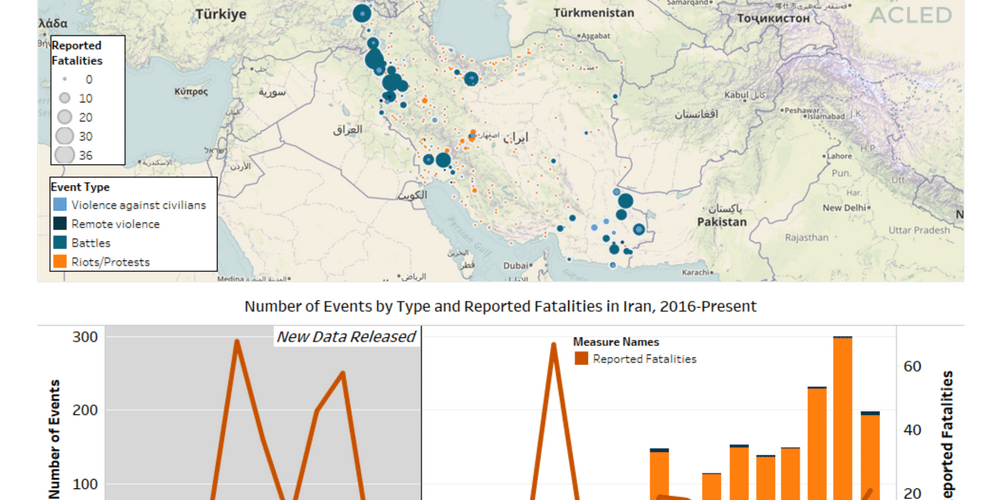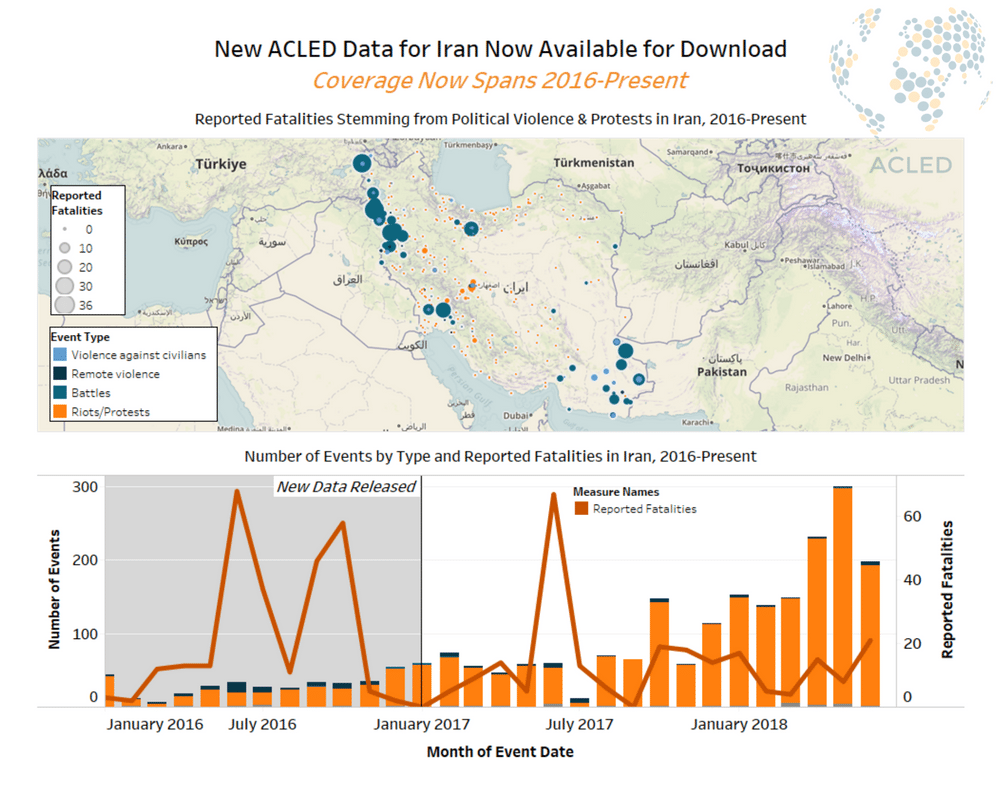2016 was marked by an upsurge in Iran’s conflict with Kurdish insurgents. From the mid-1990s through 2016, the Iranian Kurdish parties had refrained from taking action against Iranian security forces, with the exception of sporadic attacks by Party of Free Life of Kurdistan (PJAK). However, these groups were empowered militarily over the past few years by their involvement in the fight against Daesh. It is also possible that their successes on the battlefield and the networks they built will enabled them to attract funding from Iran’s regional rivals, Saudi Arabia and Israel (Stratfor, July 26, 2016). In March 2016, General Secretary of the Democratic Party of Iranian Kurdistan (KDPI) urged Kurdish youth to join its ranks and to unite “the struggle in the cities and in the mountains” (Radio Free Europe, June 29, 2018). The KDPI claimed that it was not intending to initiate a new round of armed struggle but merely trying to expand its contacts with Kurds inside Iran and to recruit new forces, and that any military activities would be in defense against Iranian forces. Despite these claims, new clashes between KDPI fighters and the Islamic Republic Guard Corps (IRGC) erupted in Iran’s West Azerbaijan and Kurdistan provinces in mid-June 2016 and continued into July, with each side claiming to have inflicted heavy casualties on the other. While Iran’s Kurdish insurgent forces might not pose a serious military threat to the Iranian regime as they do not have the power and resources to capture and hold territory, they could reinforce the demands of other ethnic minority groups and separatist movements in the country for independence or autonomy.
AnalysisCivilians At RiskConflict MonitoringMiddle EastPressRemote ViolenceRioting And ProtestsViolence Against Civilians







